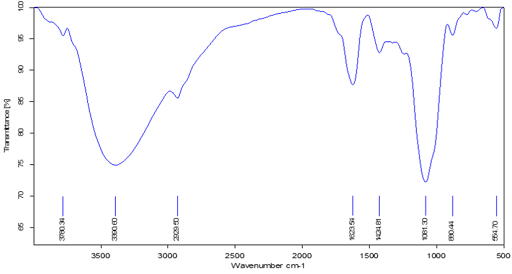Abstract
Recently the ability of microbes to produce exopolysaccharides attracted many researchers and most attention has been given to the prokaryotic producers. Exopolysaccharides have been known to have various bioactive potential and also known to increase the nutritional value of food consumed by human population. For last two decades fungal exopolysaccharides are considered to be the high value biological macromolecules as it has several applications in various industries including food, pharmaceutical, medicine etc. In this current study, Plackett - Burman design matrix method was used for the selection of nutrients for the EPS production from Curvularia lunata under submerged batch-culture condition. Subsequently, Response Surface Methodology (RSM) was used to determine the optimal condition. Thus, produced EPS was characterized by GC-MS and thermogravimetric analysis. It was found to have glucose and mannitol and also showed good thermal stability. In order to identify the antioxidant activity, radical scavenging activity and anticancer activity the produced EPS was subjected to DPPH assay, ABTS assay and anticancer activity was tested against HeLa cell lines. EPS was found to be having a good antioxidant activity, Free radical scavenging activity and showed effective anticancer activity against HeLa cells.
Full text article
Authors

This work is licensed under a Creative Commons Attribution-NonCommercial-NoDerivatives 4.0 International License.

